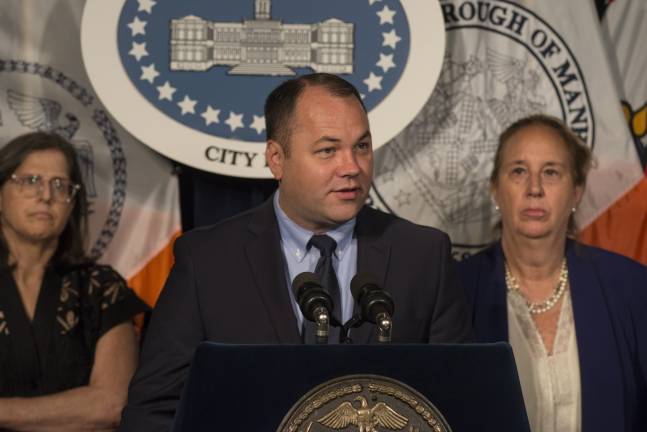at last, a city storefront database

From the Upper West Side to Astoria to Bed-Stuy, empty storefronts seem to be everywhere you look in New York City. These spaces often remain empty, mysteriously, for years on end.
The impact on neighborhoods is significant. Unoccupied stores mean less foot traffic on the block, fewer “eyes on the street” if something goes wrong, fewer options for neighborhood residents, and, perhaps most tragically, the loss of neighborhood character that makes New York, New York.
There has been endless speculation over the cause of the vacancies. The internet has enabled businesses to sell without a physical presence, and it has changed the way people shop for goods and services. The boom of new commercial buildings (built with cheap-credit loans) has resulted in a glut of space. Landlords are holding out for unrealistic rents, corporate tenants, or both. And it’s all occurring without an economic recession.
Some basic information is needed to truly understand this problem. For example, what is the real vacancy rate for storefronts? Where is the vacancy problem most pronounced, and why? Have asking rents been going up or down? If so, by how much? How do asking rents correspond with vacancy rates?
New Requirements for Building OwnersThe truth is, no one knows the answers to these questions because the City hasn’t been collecting the data. In 2017 the Borough President’s office conducted a survey of empty storefronts along the length of Broadway, from the Battery to Inwood, and found almost 200 empty spaces. But that’s just a sample of data at a particular moment in time.
As the late business guru Peter Drucker said, “If you can’t measure it, you can’t improve it.”
This is why we introduced the legislation, which just passed the City Council, that will require building owners to register storefronts with the City to be a part of the first-in-the-nation public database of retail spaces and their vacancy status. The bill will require building owners to submit information on their commercial properties to the City each year, including square footage, current or last asking rental price, use, whether or not the property is vacant, and whether a lease is up for renewal within the next two years. Building owners who fail to submit this information will face penalties.
Useful Information and ToolsWith this information, the City will produce a public data set of information disaggregated by Council district and census tract, which can be used to guide policy going forward. The City will also make public a list of addresses of commercial properties with an indication as to whether or not such property is vacant.
This information would not only inform policy makers and community based organizations, but could also assist business owners looking for space, those facing negotiations on the expiring leases, and civic hackers who can combine this data with other data sets — 311 calls about rat complaints, for example — and provide unthought-of services.
Just as important, information from this database can then be used to form the basis of possible solutions. Perhaps a “tax on emptiness” is necessary. Or requiring lease protections for existing tenants facing a huge rent hike.
It is vitally important that we get this right. A New York City comprised of empty storefronts and corporate chains is no longer New York. This bill will give us the tools to do so.